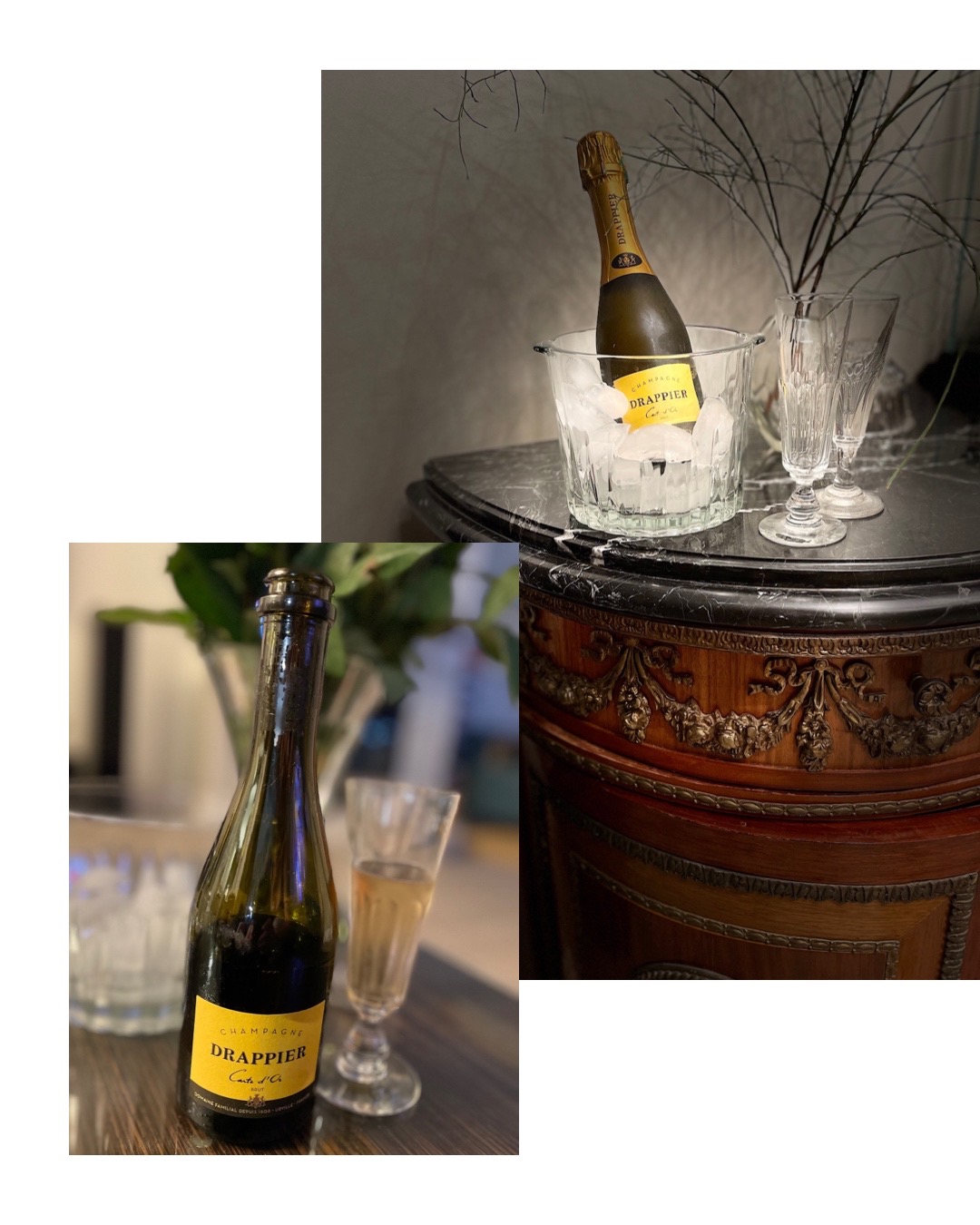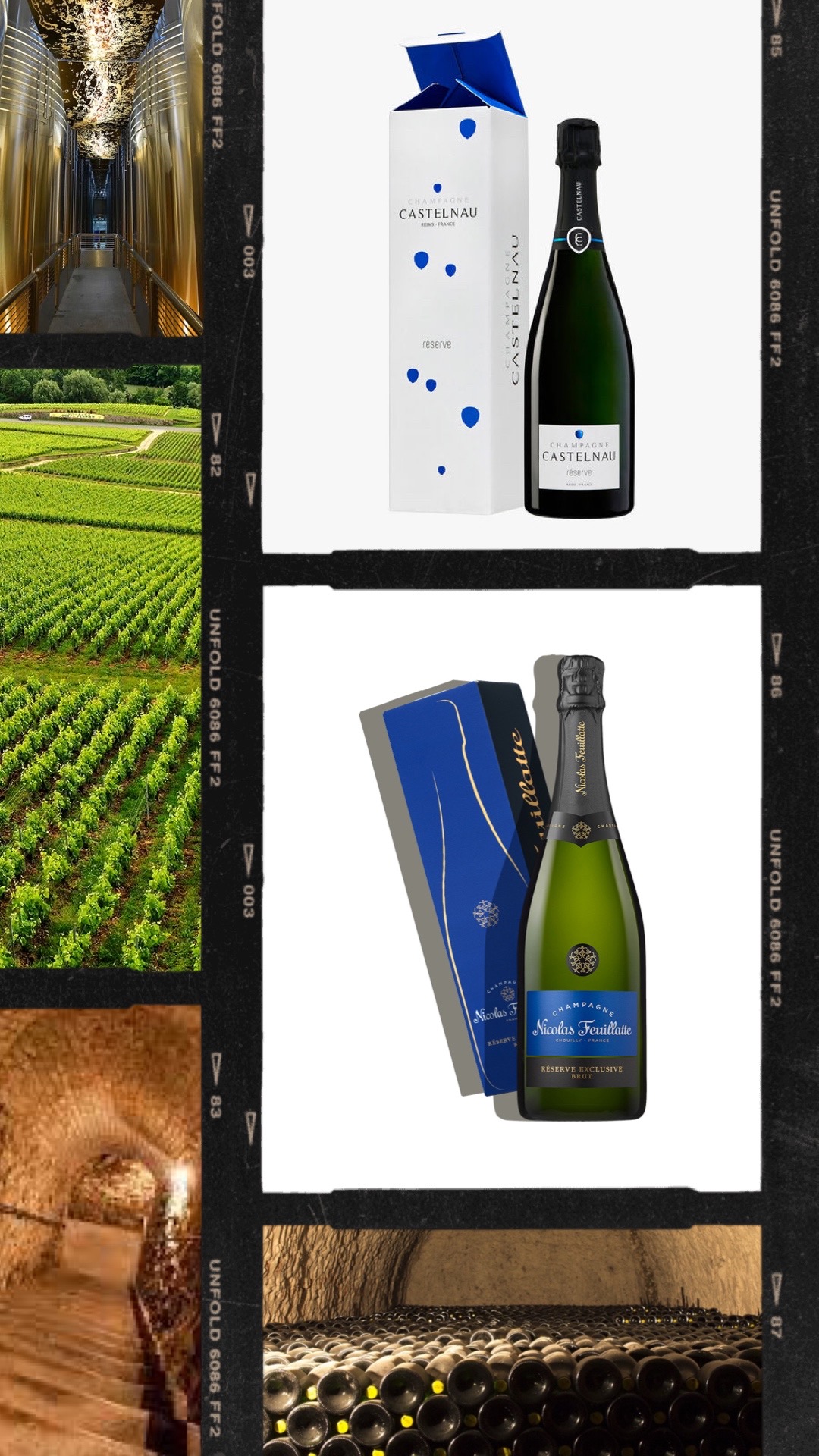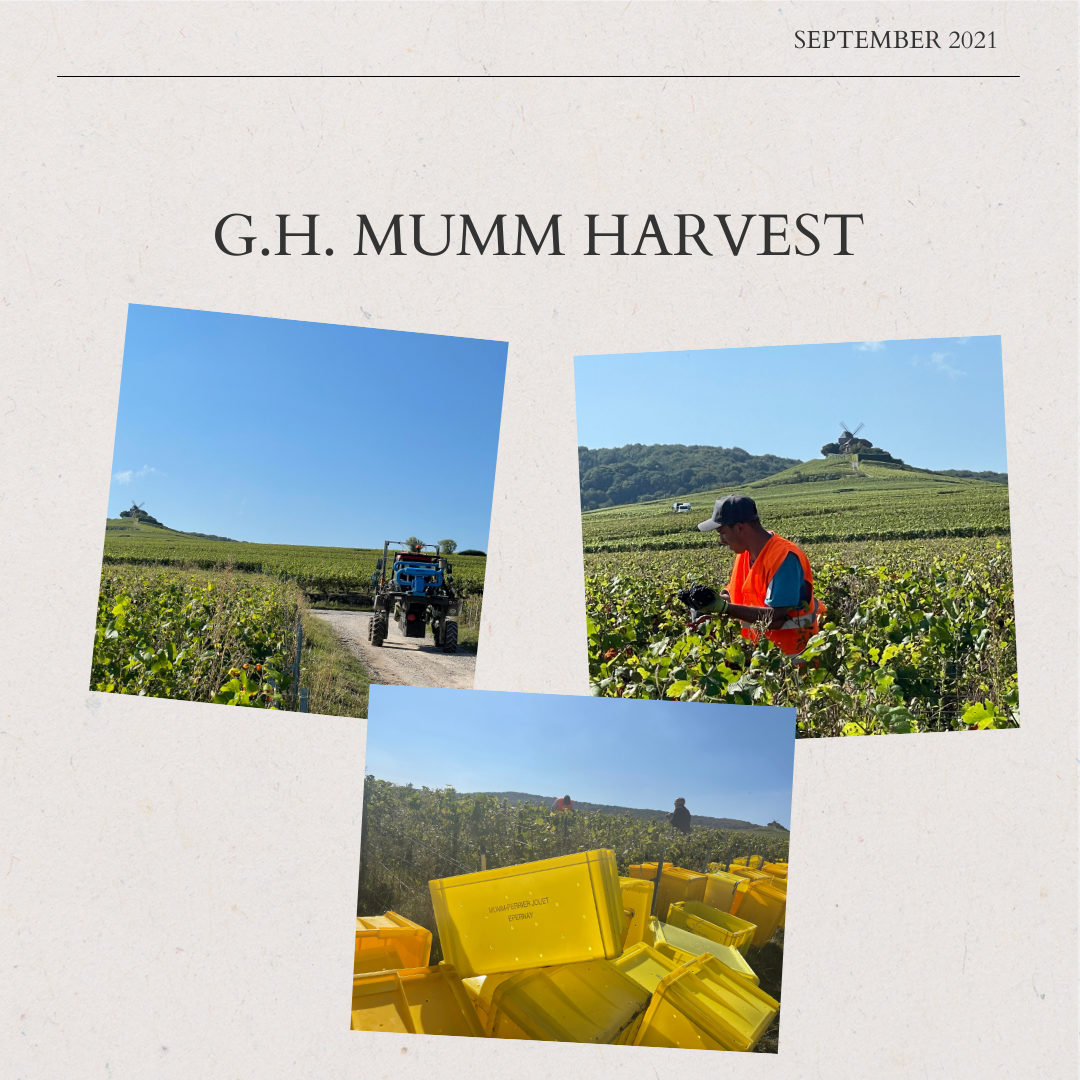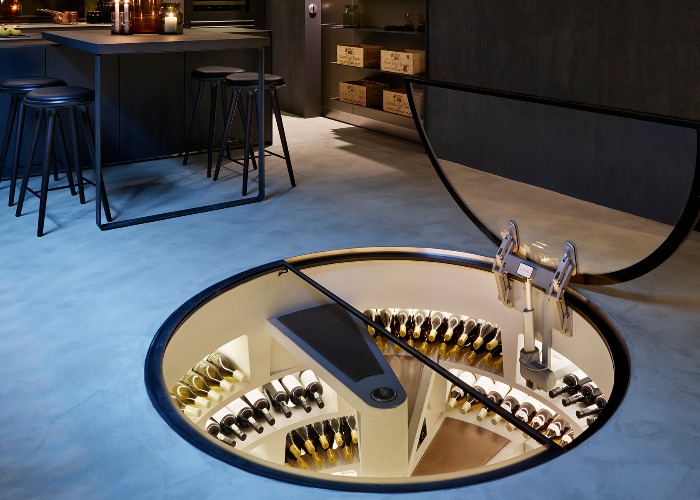Champagne Drappier is one of my favourite Aube producers in many ways. I’m happy to say that I have personally met Andre, Michel, and Charline on numerous occasions, along with my son, daughter and daughter-in-law. This wonderful family all left warm and memorable impressions.
This dynamic independent house is currently run by the charmingly and hospitable 7th and 8th generations: father Michel, daughter Charline and sons Hugo and Antoine.
Drappier is based in Urville in the Côte des Bar comes has a wide range of rich lush full-flavoured cuvees and also make still wines.
Fact: Champagne Drappier was Charles de Gaulle’s favourite Champagne and Madame de Gaulle was a great friend of the Drappier family.
The house of Drappier is unusual in many ways: they are neither a Grands Marques house, nor a grower; they own 60 hectares, so they are technically both a domaine and negociant house. Drappier is also one of the most experimental in Aube. They often use no dosage, they are pioneering ‘sans soufre’ no sulphur fizz (sulphur sensitivity runs in the family) and focus on organic viticulture.
The cuvée Carte d’Or expresses the identity of the house directed by the family since 1808.
Tasting Notes:
The Drappier Carte d’Or expresses all the aromas of Pinot Noir; this constitutes at least 80% of the blend, along with Chardonnay 15 %, and Pinot Meunier 5 %.
This champagne has a great aromatic richness of melon, apple and red fruits. The palate is intense, with notes of apple, peaches and quince wrapped in a red-fruit veil. It’s full-bodied and long with a lovely texture, and complex mouthfeel.
91 Points
#champagne #champagnelover #winelover #cheers #toast #winetasting #champagnelover #winelovers #ChampagneMoment #SavoirFaire #champagnelovers #drappier #nodryjanuaryhere #cuvee #cartedor #madeinfrance





